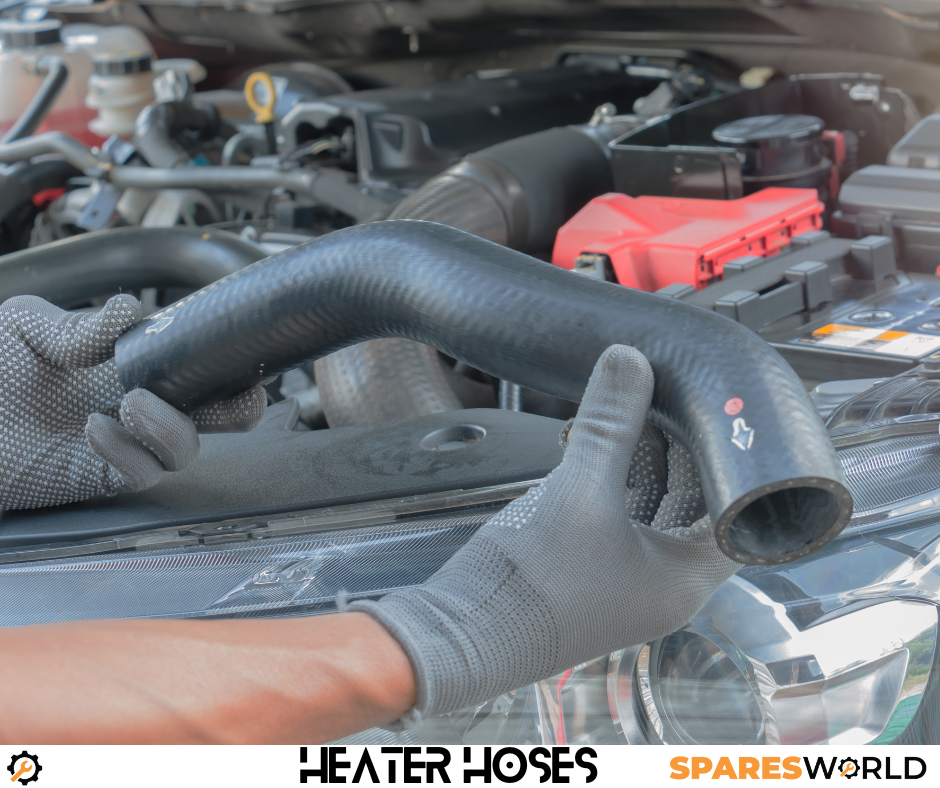How to Prevent Heater Hoses from Cracking: Keep Your Coolant Flowing Smoothly

Heater hoses may seem like minor components, but they’re crucial for carrying coolant to and from your engine and heater core. A cracked heater hose can cause coolant leaks, lead to engine overheating, and leave you stranded with an expensive repair bill. The good news? With a little proactive care, you can extend the life of your heater hoses and keep your car running smoothly.
Here’s how to prevent heater hoses from cracking and avoid potential damage to your engine.
What Causes Heater Hoses to Crack?
Heater hoses are made from rubber, which naturally degrades over time due to heat, pressure, and exposure to the elements. Here are some common culprits behind cracking:
-
Extreme Temperatures: Hoses are constantly exposed to high engine temperatures, which can cause the rubber to dry out and crack. Cold weather can also make hoses brittle, increasing the risk of cracks.
-
Wear and Tear: Like all car parts, hoses wear down over time due to use. The constant flow of hot coolant under pressure puts strain on them, eventually leading to cracks or leaks.
-
Old Age: As hoses age, the rubber weakens and loses flexibility. If they haven’t been replaced in several years, they’re more prone to cracking.
-
Contaminants: Oil, grease, and dirt buildup on hoses can speed up deterioration, leading to cracks and splits.
Signs Your Heater Hoses Might Be Cracking
It’s important to keep an eye out for early warning signs that your heater hoses are wearing down. Here’s what to watch for:
- Visible Cracks or Bulges: Inspect the hoses regularly. Any visible cracks, splits, or bulging areas mean they need replacing.
- Coolant Leaks: If you notice coolant dripping under your vehicle or pooling near the heater hoses, it’s time to investigate.
- Overheating Engine: A cracked hose can cause a drop in coolant levels, leading to engine overheating. Keep an eye on your temperature gauge.
- Unusual Smells: The smell of burning rubber or sweet-smelling coolant could indicate a problem with your hoses.
How to Prevent Cracks and Extend Heater Hose Life
The best way to avoid cracked heater hoses is through regular maintenance. Here are some tips to help extend their lifespan:
-
Inspect Regularly: Check your hoses for signs of wear, including cracks, fraying, or bulges. Look at both the outer rubber and any exposed areas where the hoses connect to other parts of the engine.
-
Replace Before They Fail: Hoses should generally be replaced every 50,000 to 100,000 miles, depending on your car and driving conditions. Don’t wait for a crack or leak—replace them before they fail.
-
Keep Hoses Clean: Wipe down hoses to remove oil, grease, or debris. This helps protect the rubber from premature degradation.
-
Check Coolant Levels: Make sure your car has the proper amount of coolant. Low coolant levels can overheat the hoses, causing them to fail sooner.
-
Use Quality Parts: When replacing hoses, use high-quality, durable hoses that are designed to withstand high heat and pressure.
-
Don’t Neglect Other Components: Your heater hoses are part of the overall cooling system, so make sure to maintain the radiator, water pump, and thermostat as well. Faulty parts in the cooling system can put extra stress on your heater hoses.
Why Preventing Cracked Heater Hoses Matters
Cracked heater hoses can cause serious damage if left unaddressed. Leaking coolant not only affects your car’s heating system but also jeopardizes your engine’s ability to stay cool. This can result in overheating, blown head gaskets, and even total engine failure.
Get the Right Heater Hoses at Sparesworld
At Sparesworld, we offer top-quality heater hoses designed to last. Whether you're looking to replace a cracked hose or want expert advice on preventive maintenance, we've got you covered. Reach out to our team to keep your cooling system—and your car—running smoothly.

 Loading..
Loading..